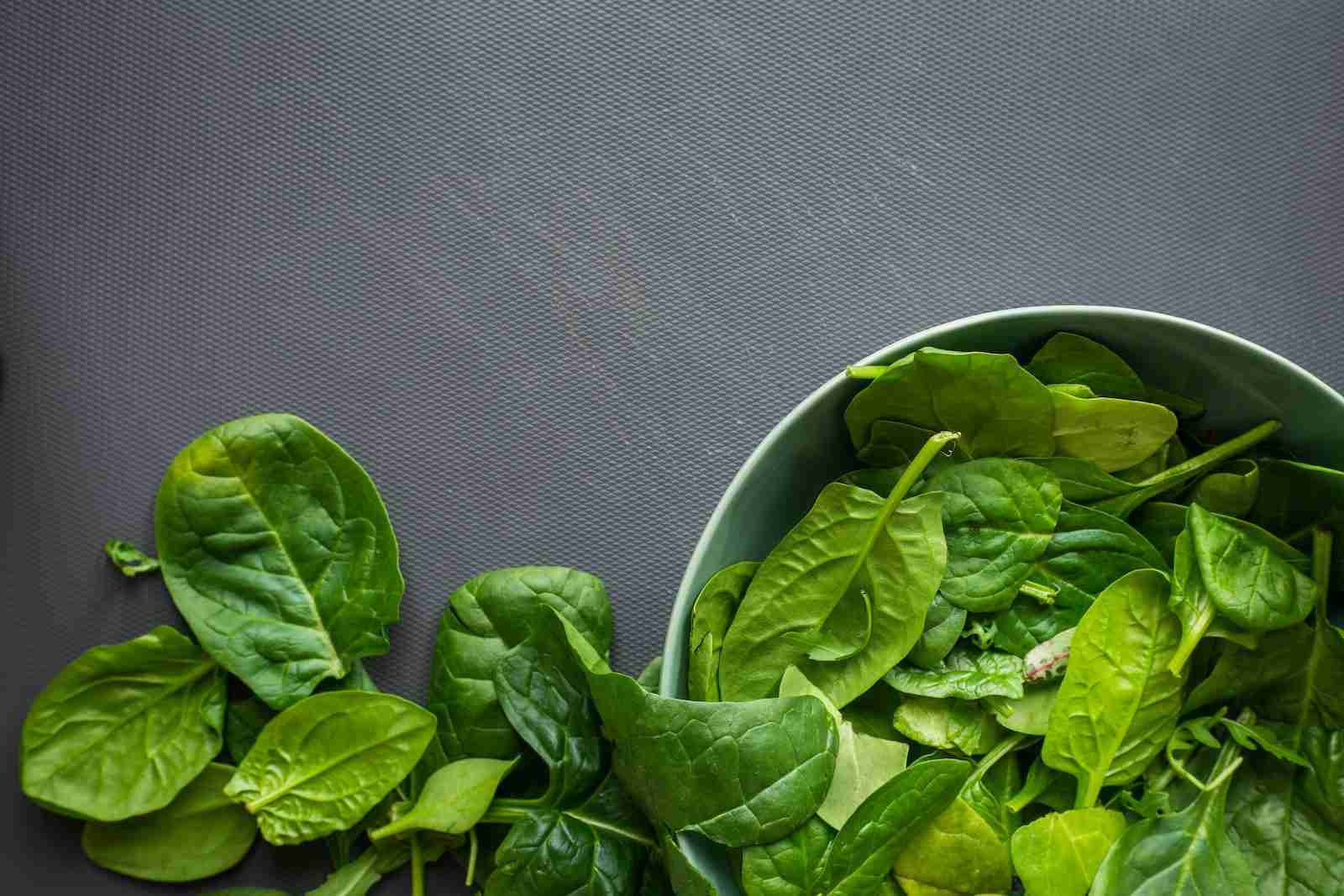25 Fun Facts About Spinach: A Nutritious and Delightful Superfood
1. Spinach (Spinacia oleracea) is a leafy green vegetable from the Amaranthaceae family.
Spinach is a leafy green vegetable scientifically known as Spinacia oleracea. It belongs to the Amaranthaceae family and is native to central and southwestern Asia.
Spinach is highly nutritious and rich in vitamins A and K, iron, and folate. It is commonly used in salads, soups, stews, and casseroles.
2. The plant is from Persia, now Iran, and arrived in Europe in the 12th century.
Spinach originated in Persia, known today as Iran. It made its way to Europe in the 12th century. This was the first time Europeans encountered this leafy green.
Its arrival marked the beginning of its widespread use in various cuisines. Since then, spinach has been a popular ingredient in many dishes.
3. Spinach grows in cooler weather, between 15-25°C (59-77°F).
Spinach, a versatile crop, can grow in various soil types but prefers well-draining soil with a pH range of 6.0 to 7.5. It matures in just 4 to 6 weeks from planting.
However, high temperatures exceeding 30°C (86°F) can lead to bolting, impacting crop quality and yield.
4. Spinach grows in different soils but prefers well-drained, nutrient-rich ones.
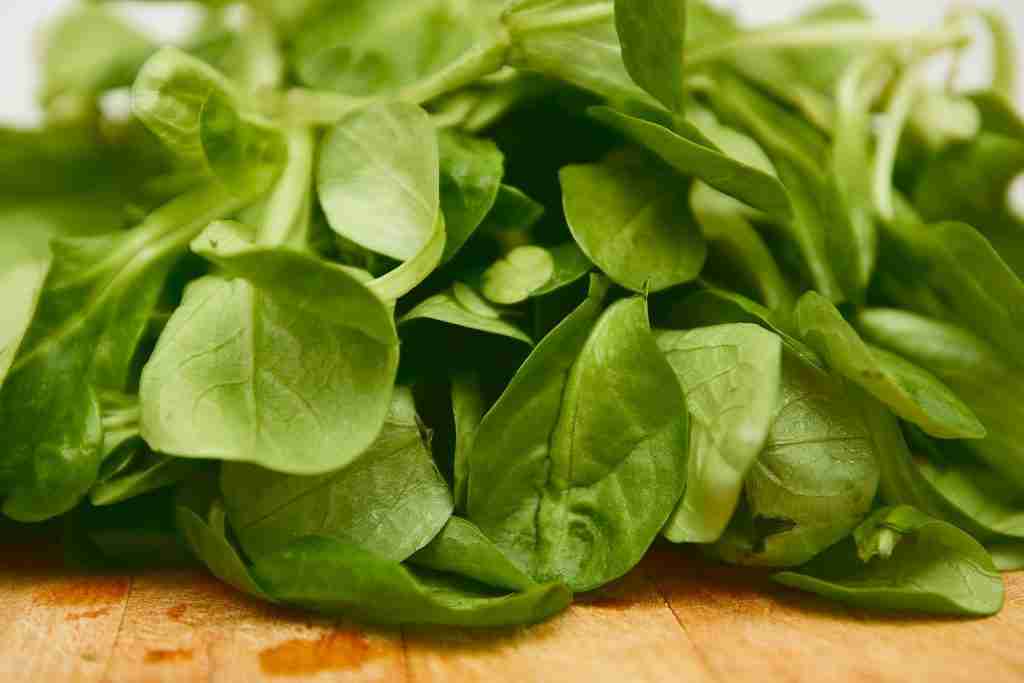
Spinach is a versatile vegetable crop that can be grown in various soil types, including sandy, loamy, and clay soils. However, it thrives in well-drained, nutrient-rich soils that are high in organic matter.
Soil pH is also important, and spinach grows best in soils with a pH range of 6.0 to 7.5.
5. Is it healthy to eat spinach every day?
Eating spinach daily is healthy due to its rich nutrient content, including vitamins A, C, K, iron, and calcium. It’s also high in dietary fiber and antioxidants.
However, those with a history of kidney stones or health issues should consult their healthcare provider before consuming large quantities of spinach.
6. Spinach is low in calories, making it great for weight loss diets.
A cup of raw spinach contains only 7 calories, making it a nutrient-dense food that can help you feel full and satisfied without consuming excess calories.
It is also rich in fiber, which promotes digestive health and helps regulate blood sugar levels.
7. Spinach was made famous by the cartoon character Popeye.
The famous Popeye became stronger after eating a can of spinach. The character was created in the 1920s and popularized the idea that spinach is a superfood that can boost strength and energy.
While the cartoon may have exaggerated the benefits of spinach, it is true that it is a highly nutritious vegetable with many health benefits.
8. People have cultivated spinach for thousands of years, using it as a medicinal plant.
Spinach was used in traditional medicine for its medicinal properties. It was believed to have a cooling effect on the body and was used to treat various ailments, such as fever, inflammation, and digestive issues.
Today, spinach is still used in natural medicine and is known for its high content of antioxidants, vitamins, and minerals that promote good health and prevent diseases.
9. The vegetable spinach was also popular in ancient Rome.
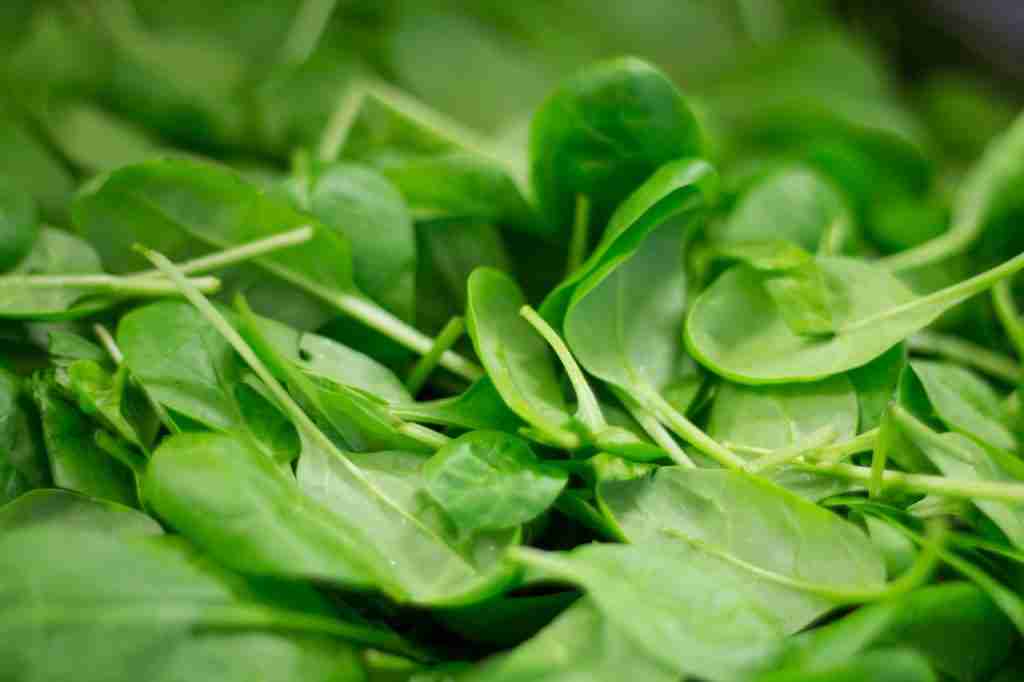
Spinach is highly prized for its flavor and health benefits. The Roman naturalist Pliny the Elder wrote about spinach in his book “Natural History,” noting that it was a popular vegetable among the elite classes.
The Roman Empire spread the use of spinach throughout Europe, and it became a popular vegetable in many countries.
10. Spinach comes from the Persian word espanākh, which means green hand.
The plant’s Persian name reflects its appearance, with its deep green leaves and stems resembling a hand. The word espanākh was later adopted by the Arabs, who introduced spinach to Europe, where it was called espanich.
The name eventually evolved into the modern English word spinach.
11. What are the benefits of eating spinach?
Eating spinach can provide numerous health benefits, including:
Rich in nutrients: Spinach is a nutrient-dense vegetable that is high in vitamins A, C, and K, iron, calcium, and other minerals.
Low in calories: Spinach is a low-calorie food that can help with weight management.
High in fiber: Spinach is a good source of dietary fiber, which can promote digestive health and prevent constipation.
Antioxidant properties: Spinach is a natural source of antioxidants, which can help to protect against oxidative stress and inflammation in the body.
Versatile ingredient: Spinach can be used in various dishes, including salads, smoothies, sandwiches, and cooked dishes. It is a versatile ingredient that can add flavor, texture, and nutrition to meals.
12. The plant is also used in Indian and Pakistani cuisine.
Spinach is widely used in Indian and Pakistani cuisine, where it is known as palak. It is used in various dishes, such as saag paneer, a vegetarian curry made with spinach and Indian cheese, and palak dal, a lentil soup with spinach.
Spinach is also used as a filling in parathas, a type of Indian flatbread, and is a common ingredient in Indian salads.
13. Spinach leaves can be eaten raw in salads or cooked.
When cooked, the leaves wilt and become tender, making them popular in soups, stews, casseroles, and stir-fries. Spinach can also be steamed, sautéed, roasted, or grilled.
Raw spinach is a popular ingredient in salads and can be paired with other vegetables, fruits, nuts, and dressings to create a nutritious and flavorful dish.
14. Spinach can be blended into smoothies for a healthy drink.
The leaves are high in vitamins, minerals, and antioxidants and can be combined with other fruits and vegetables to create a delicious and nutritious beverage.
Spinach smoothies, a favorite for breakfast or snacks, can be customized with various flavors and ingredients. Combining spinach with fruits like bananas, berries, and mangoes creates a sweet and nutritious delight.
15. Spinach has a high concentration of nitrates.
Nitric oxide is a molecule that helps dilate blood vessels, improving blood flow and lowering blood pressure.
This has led to research on the potential cardiovascular benefits of consuming spinach and other leafy greens.
16. Eating too much spinach can cause oxalate crystal buildup.
Spinach is nutritious, but excessive consumption can lead to oxalate crystal buildup, potentially causing kidney stones, a painful condition requiring medical attention.
Yet, moderate spinach intake is usually safe and beneficial for most.
17. Spinach was among the first vegetables canned commercially in the USA.
Canned spinach became popular during World War II when fresh produce was scarce, and canning technology had improved.
Canned spinach was a convenient and nutritious option for American households, and its popularity continued through the 20th century.
Fresh and frozen spinach is now more widely available and is preferred by many consumers due to its superior flavor and nutritional content.
18. Spinach is often used as a natural food dye due to its deep green color.
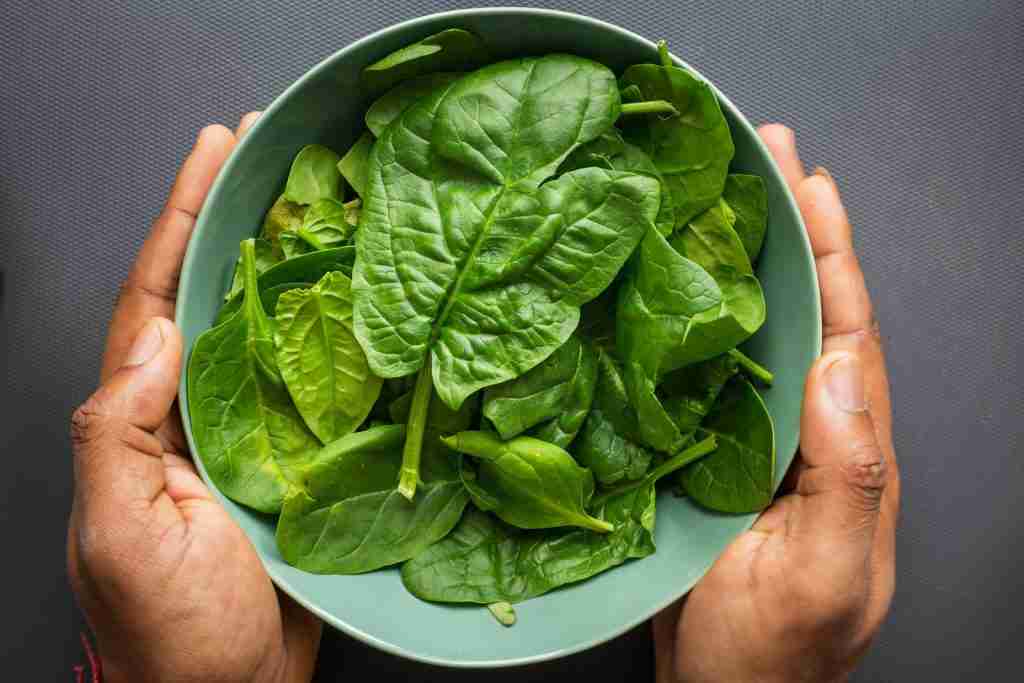
Spinach is often used as a natural food dye, which is caused by the presence of chlorophyll. This pigment is commonly used to color various foods, including pasta, sauces, and baked goods.
Spinach can be boiled and blended to create a concentrated liquid that can be used as a natural food dye.
19. Spinach is also a natural source of antioxidants.
Antioxidants are compounds that help to protect cells from damage caused by free radicals. They can help reduce the risk of chronic diseases such as cancer, heart disease, and Alzheimer’s disease.
Spinach is particularly high in antioxidants such as vitamin C, vitamin E, and beta-carotene.
20. Spinach is often used in detox diets for its toxin-eliminating properties.
Spinach’s high fiber content aids in regular bowel movements and waste removal. It’s also rich in chlorophyll, helping eliminate toxins like heavy metals.
However, scientific evidence for detox diets is limited, and a balanced diet is usually the best approach for overall health.
21. The plant is a good source of fiber.
Spinach is a good source of dietary fiber, which can help promote digestive health and prevent constipation. One cup of cooked spinach contains about 4 grams of fiber, which is about 16% of the daily recommended intake for adults.
Fiber can also help to lower cholesterol levels and reduce the risk of heart disease.
22. Spinach can be used to add flavor and nutrition to sandwiches, wraps, and pizzas.
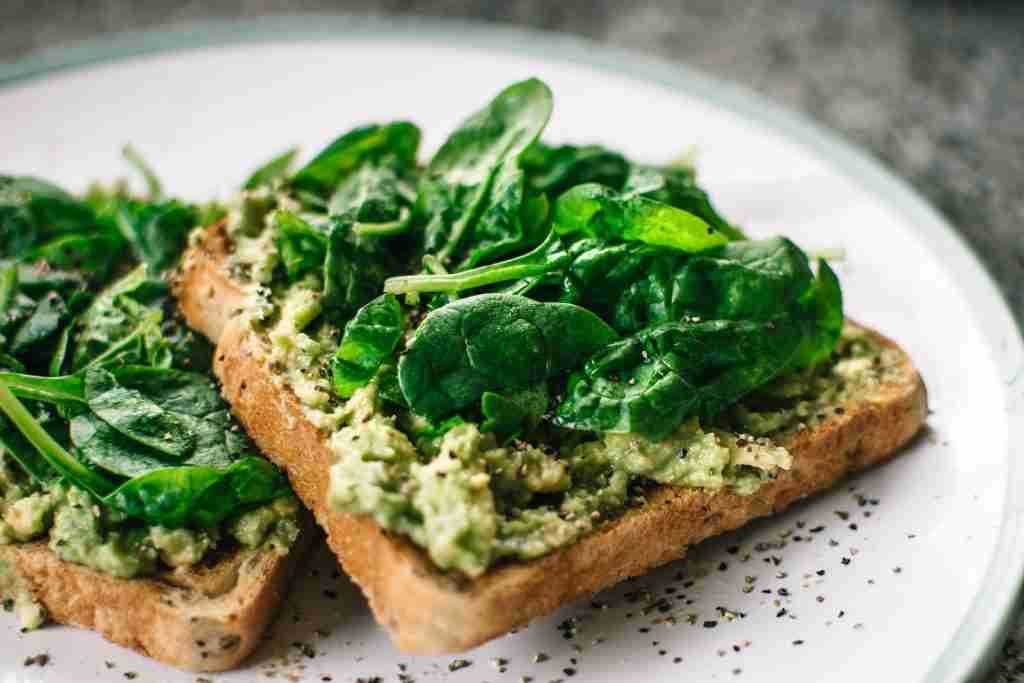
The mild flavor and tender texture of spinach make it a versatile ingredient that can be used in both cooked and raw dishes. Spinach can be sautéed with garlic and olive oil and added to a sandwich or wrap for extra flavor and nutrition.
It can also be used as a topping for pizza and other vegetables and cheese for a healthy and delicious meal.
23. Spinach is rich in vitamins A, C, K, iron, and calcium.
Spinach provides essential nutrients for maintaining health and preventing diseases. It’s a good source of antioxidants that protect against harmful free radicals, linked to diseases like cancer and heart disease. Regular spinach consumption supports overall well-being.
24. Spinach is often used in Mediterranean cuisine.
Spinach is crucial in Mediterranean cuisine, featuring dishes like spanakopita in Greece, Caprese salad in Italy, and spinach and feta stuffed chicken in Turkey.
It’s often combined with Mediterranean staples like olive oil, garlic, lemon, and tomatoes, used in cooked and raw preparations. Spinach’s health benefits and versatility make it a global culinary favorite.
25. Is it better to eat spinach raw or cooked?
Both raw and cooked spinach have benefits, with raw spinach having higher nutrient content while cooked spinach aids in nutrient absorption.
Including both in your diet is recommended for a well-rounded nutrient intake.
FAQs
The healthiest way to consume spinach is to enjoy it in its raw or lightly cooked form to retain its nutritional value. You can add spinach to salads, smoothies, or sandwiches for a fresh and nutritious boost. It briefly preserves its nutrients when cooking, steaming, or sautéing spinach. Avoid overcooking, as it may lead to nutrient loss.
Spinach can benefit the brain due to its high levels of antioxidants, such as vitamin C and beta-carotene, which protect the brain from oxidative stress. It is also rich in folate, iron, and anti-inflammatory compounds, supporting healthy brain function and reducing cognitive decline risk.
Spinach is often considered a superfood due to its rich nutrient content, including vitamins A, C, K, iron, and calcium. It’s also high in antioxidants and dietary fiber, which can have various health benefits. Incorporating spinach into your diet can contribute to overall health and well-being.
Spinach is a low-calorie vegetable that is packed with nutrients such as vitamins A, C, K, and folate, as well as minerals like iron, calcium, and potassium. It promotes heart health, supports bone health, may reduce cancer risk, and improves brain function due to its antioxidants and anti-inflammatory properties.
Spinach is known for its high nutritional value, which makes it a popular choice among health-conscious individuals. Compared to other leafy greens, spinach typically has a higher concentration of certain nutrients, such as iron, calcium, magnesium, and vitamins A, C, and K. For example, per 100 grams, spinach has approximately double the amount of iron as kale, and more than four times the amount of vitamin C as iceberg lettuce.

